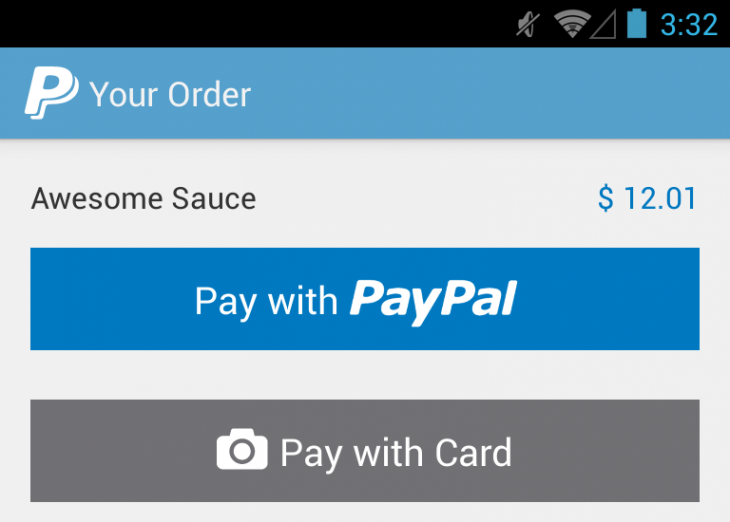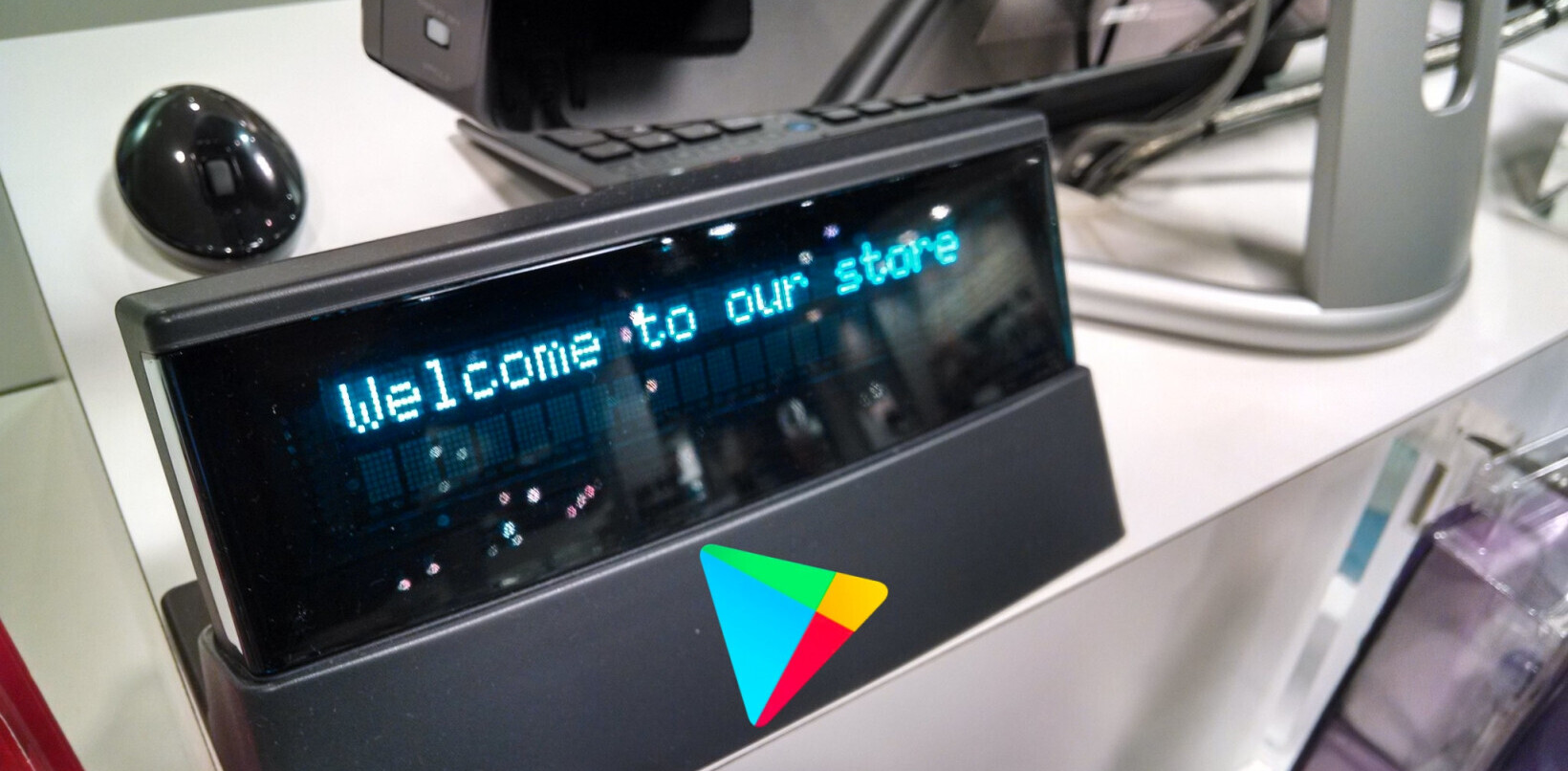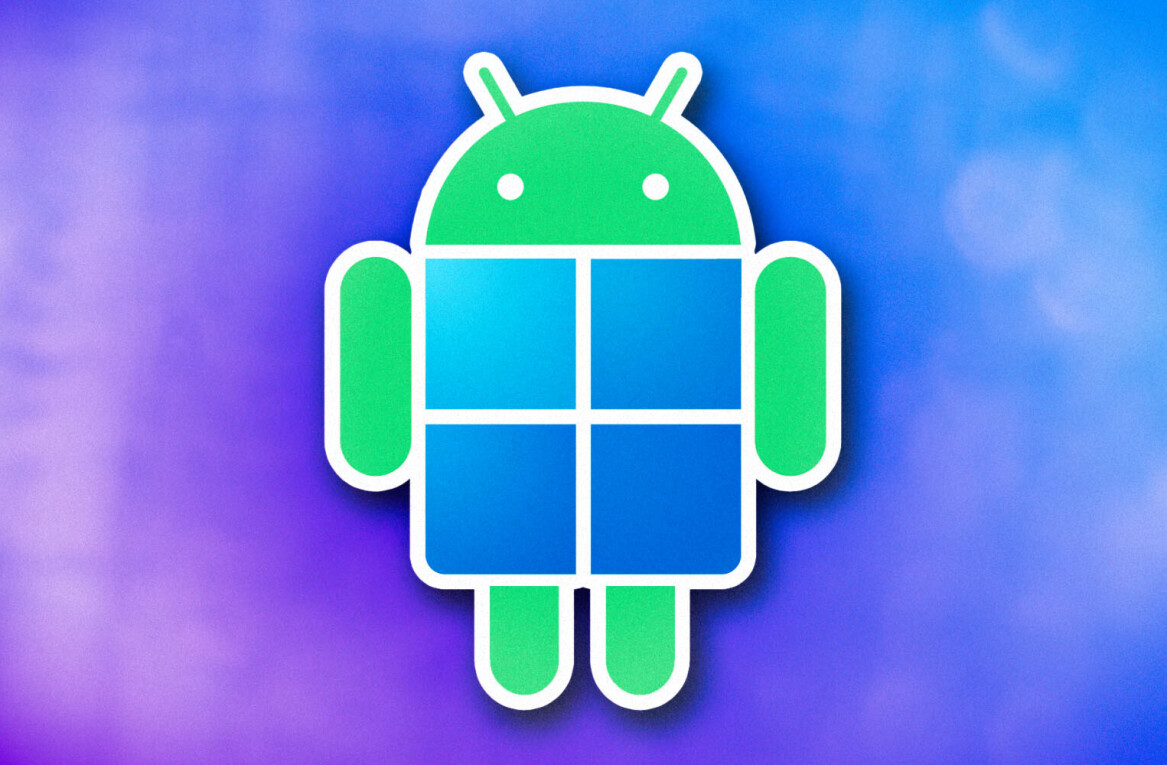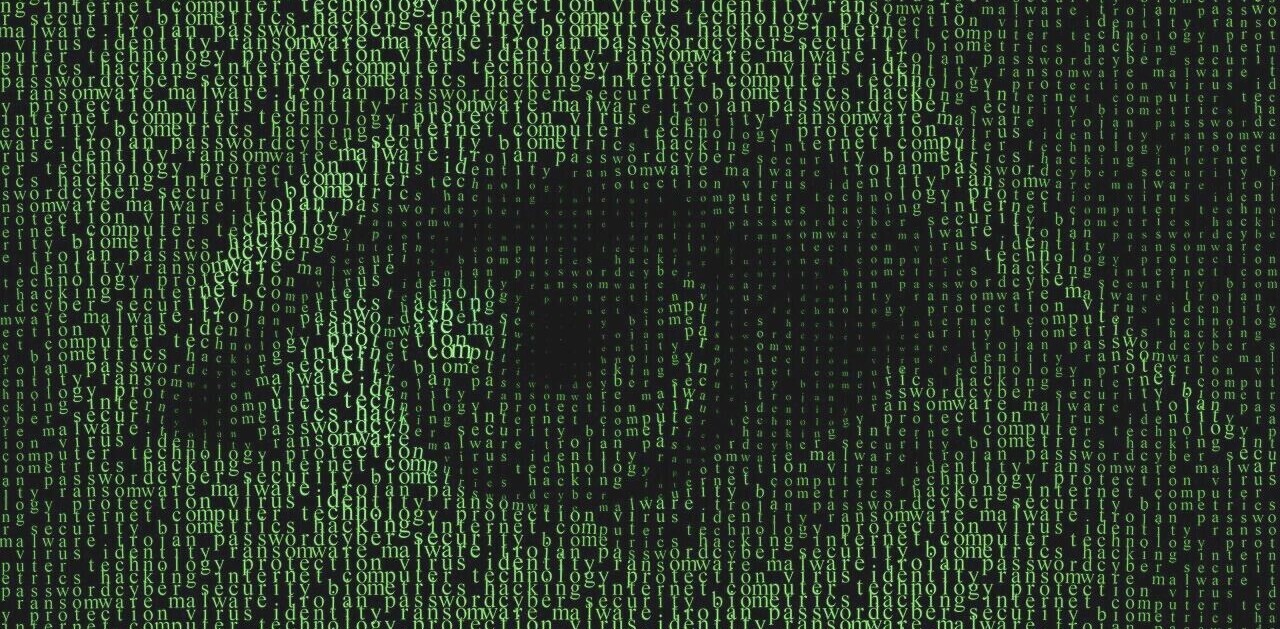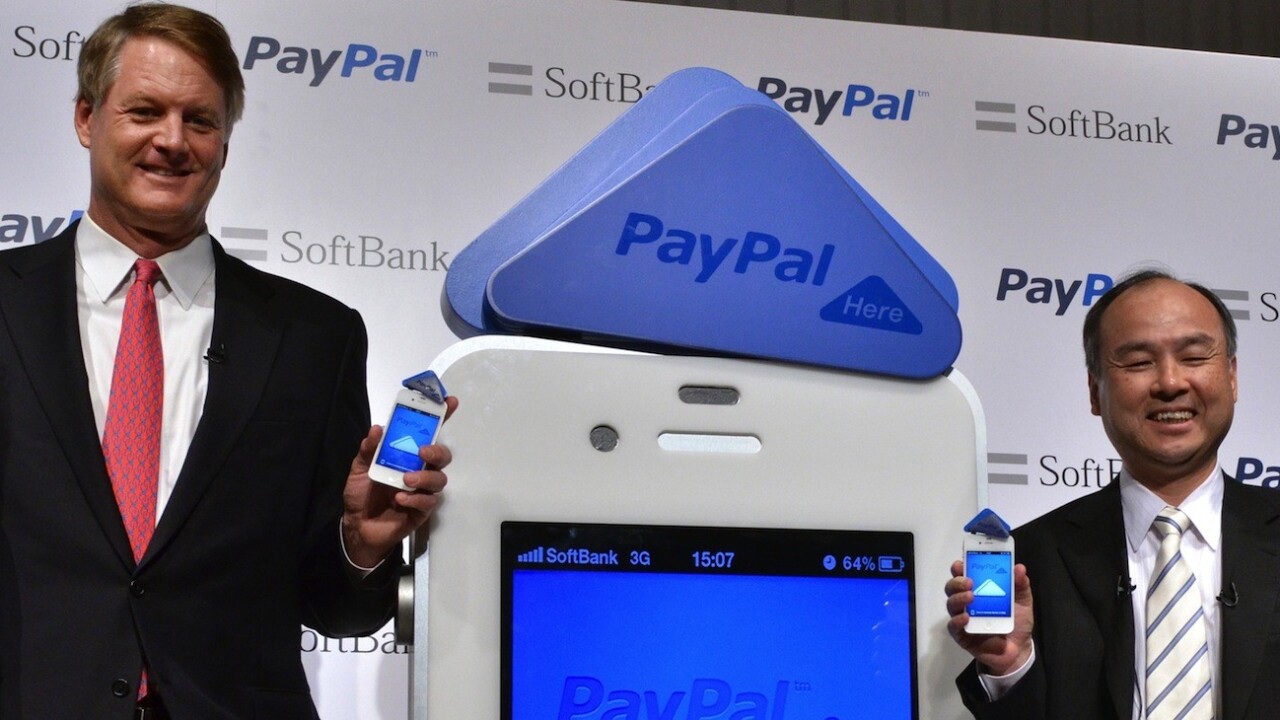
PayPal on Monday announced a new Android SDK that tries to make it easier for developers to accept in-app payments on Google’s mobile platform. The company says the software development kit will be available for US developers on May 15.
The Android debut comes just over two months after the mobile SDK for iOS, which supports iOS 5+ on all varieties of iPhone and iPad screen sizes and resolutions. At the time, PayPal said an Android flavor was coming, and now it has delivered: its SDK will support version 2.2, meaning Froyo (released in May 2010), and above.
Here’s a basic Android app leveraging the new SDK:
As expected, the Android payments solution accepts both PayPal and credit card payments. The company says it is quick and easy to use, and “removes payment friction so developers can focus on creating amazing experiences.”
PayPal’s strategy is to make it as easy as possible for mobile developers to integrate its payments into their work. The pitch is simple: if consumers don’t have to leave your app to pay, and they can do so in more ways than one (click a PayPal button or scan a credit/debit card), they will be more likely to do so.
PayPal also points out it offers security features; the company claims developers can “significantly reduce” their fraud prevention or PCI compliance responsibilities by using its platform. This is one of the way it is trying to woo developers, as many have left the platform frustrated in favor of services like Stripe.
PayPal says it currently connects more than 128 million account holders across over 50 financial networks in 190 markets and in 25 currencies around the globe. With the help of Android, it should be able to boost that first number rather quickly, and the other figures will likely follow.
See also – PayPal president is fascinated by Bitcoin, says company is ‘thinking about’ including the virtual currency and PayPal teases long overdue redesign: Featuring a significantly cleaner look, improved notifications
Top Image Credit: Yoshikazu Tsuno/Getty Images
Get the TNW newsletter
Get the most important tech news in your inbox each week.
